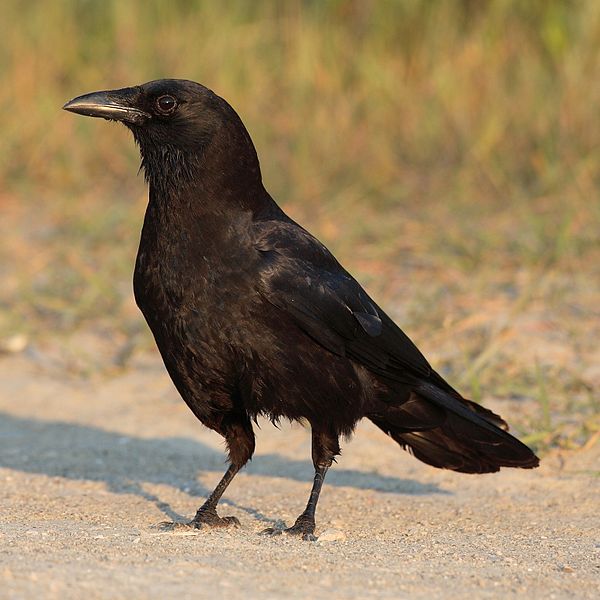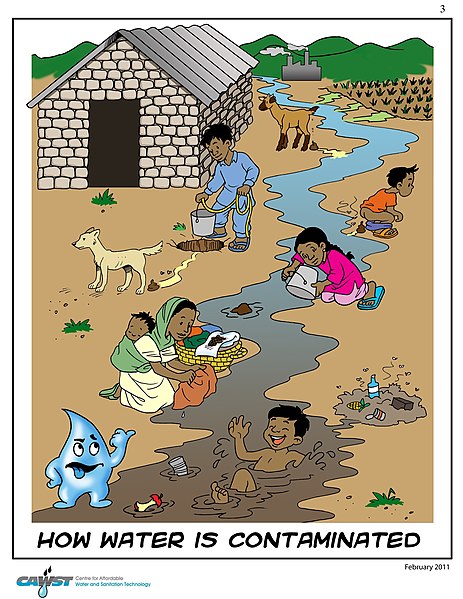A bioindicator is any species or group of species whose function, population, or status can reveal the qualitative status of the environment. The most common indicator species are animals. For example, copepods and other small water crustaceans that are present in many water bodies can be monitored for changes that may indicate a problem within their ecosystem. Bioindicators can tell us about the cumulative effects of different pollutants in the ecosystem and about how long a problem may have been present, which physical and chemical testing cannot.
Caddisfly (order Trichoptera), a macroinvertebrate used as an indicator of water quality.
The lichen Lobaria pulmonaria is sensitive to air pollution.
Populations of American crows (Corvus brachyrhynchos) are especially susceptible to the West Nile Virus, and can be used as a bioindicator species for the disease's presence in an area.
Water pollution is the contamination of water bodies, usually as a result of human activities, that has a negative impact on their uses. Water bodies include lakes, rivers, oceans, aquifers, reservoirs and groundwater. Water pollution results when contaminants mix with these water bodies. Contaminants can come from one of four main sources: sewage discharges, industrial activities, agricultural activities, and urban runoff including stormwater. Water pollution is either surface water pollution or groundwater pollution. This form of pollution can lead to many problems, such as the degradation of aquatic ecosystems or spreading water-borne diseases when people use polluted water for drinking or irrigation. Another problem is that water pollution reduces the ecosystem services that the water resource would otherwise provide.
Poster to teach people in South Asia about human activities leading to the pollution of water sources
Bauxite residue is an industrial waste that is dangerously alkaline and can lead to water pollution if not managed appropriately (photo from Stade, Germany).
Muddy river polluted by sediment
Solid waste and plastics in the Lachine Canal, Canada







